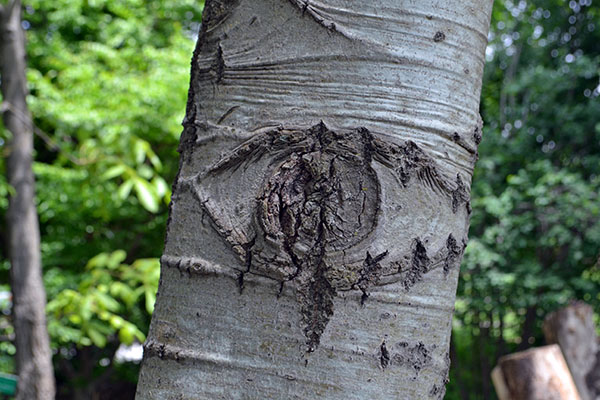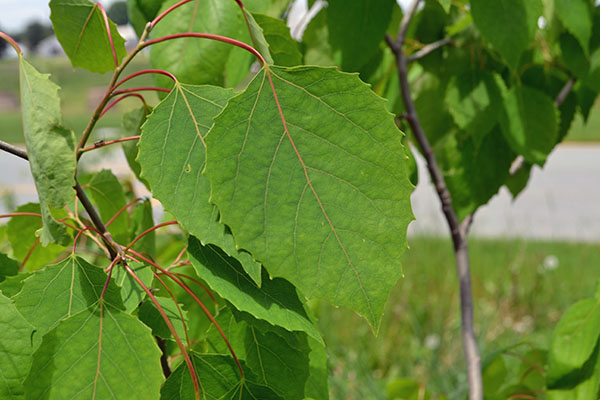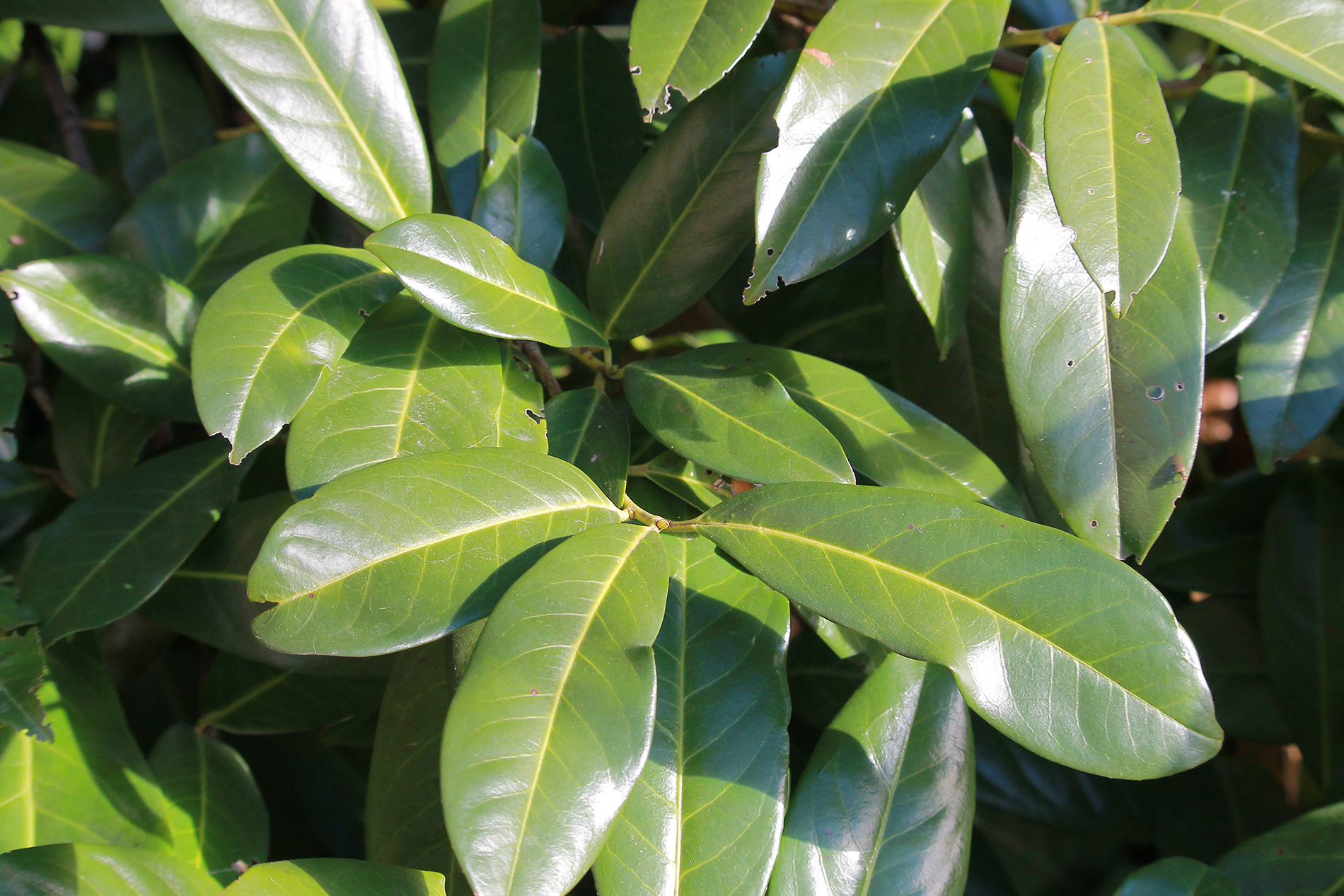Populus tremuloides
Quaking Aspen
Alaska to Pennsylvania to the northern piedmont of Georgia
Fast-growing, relatively short-lived and attains heights of 40 to 50 feet with a spread of 20 to 30 feet. Pyramidal and rounded when young, usually with a long trunk and narrow, rounded crown at maturity.
Grows best in moist-dry soils with full sun; often found along stream sides and moist soils.
Quaking Aspen is the most widely distributed tree of North America. Pyramidal and narrow when young, usually with a long trunk and narrow, rounded crown at maturity. The leaves flutter in the slightest breeze, hence the common name Quaking Aspen. The fall color is a good yellow. Ornamentally not important because of disease and pest problems but, nonetheless, an interesting tree.
Alternate, simple, orbicular in shape with an acuminate apex, long petiole. The long petiole allows the leaves a fine, flowy texture in the wind, hen
Buds are elongated, glossy buds are sharply pointed and reddish brown.
Lighter gray in color and fairly smooth with gently spaced lenticels.
Catkins are gray-green and not showy.
Greenish brown capsules. Dioecious, flowers as catkins in the early spring.
Seed, cuttings.
Prairie Gold (R) ('NE Arb') -an oval to pyramidal selection, well adapted to the heat, humidity and drought of the Great Plains; resistant to leaf spot; golden fall color; 35 feet by 15 feet.






